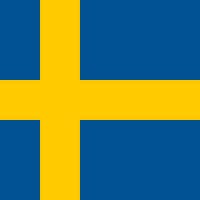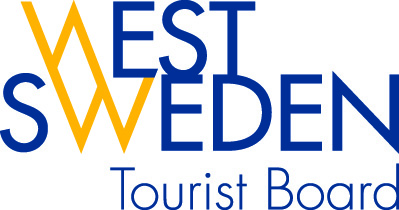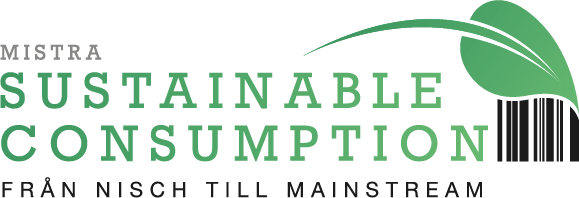
Destinations' offers
If travel motive explains why we travel and to a certain extent where we travel, a destination and what it offers can have an effect on that question: Where are we going? Some of the resources a destination has are named below, and some are also presented in more detail.
In research a destination’s (and its inhabitants’) resources are discussed from several aspects: (1) Tourist attractions and facilities, (2) Political, economic and social structure, (3) Geography and environment, (4) Infrastructure, (5) Accessibility (to and from the destination), (6) Local population (their welcome and attitudes) and (7) Destination marketing. Destinations can consequently make use of the above resources to attract tourists (pull-factor, see Travel Motives). Some destinations have access to iconic attractions like, for instance, the Eiffel Tower in Paris, or the Pyramids in Egypt, or flagship attractions like Disney World in Orlando, Florida. Others lack those but may have other resources, like an attractive geography combined with aggressive marketing. The latter is often handled by so called destination marketing organisations (DMO). They utilise the destination’s resources, package and market them to potential tourists nationally and internationally. These organisations are often run by local government, but can also be part owned by industry or completely privately owned (but working closely with local government). They also exist at regional and national levels.
DMOs try to find, package and market reasons to travel that can attract (pull) potential tourists. Apart from utilising existing attractions in their marketing it’s also common to organise, sponsor and buy in events that are held at the destination. The idea is that temporary events create a buzz and influence tourists’ decision making to choose that destination for their trip. Extreme manifestations of this are the organisation of so called mega-events (like the Olympic Games, World’s Fairs, or the Football World Cup for instance), which are expected to create a strong image and increase tourism and incomes for the destination in the long term. However the excessive cost of organising such events, especially the mega-events, has been called into question often, from many sides. The costs often exceed the increased demand, which is hard to calculate in the long run.
Another resource DMOs, cities, regions and countries work with in relation to tourism development is a destination’s accessibility. The focus has primarily been on creating direct flight routes to important tourist markets. Several studies have shown that quicker access to a place combined with cheaper tickets appreciably increases demand, especially in peripheral places. A good example is the direct flight to Rovaniemi in Finland where their flagship attraction is Santa Claus Village. During the winter season several flights a week land there from all over Europe and Asia, which has brought about a significant increase in the number of visitors
Sources
Becken, S. (2005). The role of tourist icons for sustainable tourism. Journal of Vacation Marketing, 11(1), 21-30.
Hall, C. M. (2012). SuStainable Mega-eventS: beyond the Myth of balanced approacheS to Mega-event SuStainability. Event Management, 16(2), 119-131.
Halpern, N. (2008). Lapland's Airports: Facilitating the Development of International Tourism in a Peripheral Region. Scandinavian Journal of Hospitality and Tourism, 8(1), 25 - 47.
Gaffney, C. (2010). Mega-events and socio-spatial dynamics in Rio de Janeiro, 1919-2016. Journal of Latin American Geography, 9(1), 7-29.
Wall, G., & Mathieson, A. (2006). Tourism: changes, impacts, and opportunities (2. ed.). Harlow, Eng. ; New York: Pearson Prentice Hall.
Weidenfeld, A. (2010). Iconicity and ‘flagshipness’ of tourist attractions. Annals of Tourism Research, 37(3), 851-854.










